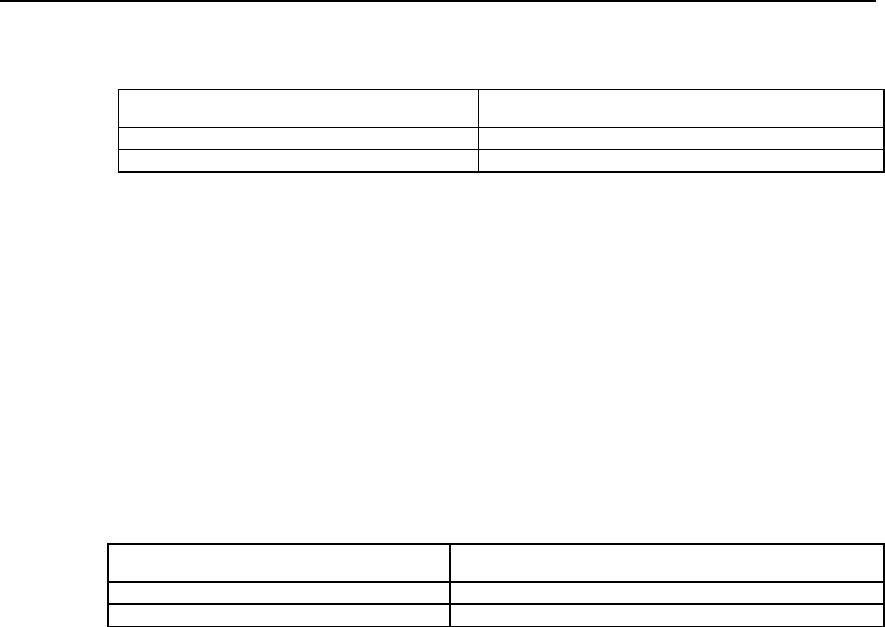
User Manual - Configuration Guide (Volume 3)
Versatile Routing Platform
Chapter 1
VoIP Configuration
1-9
Table VC-1-4 Configuring the dial terminator
Operations Commands
Configure the dial terminator dial-peer terminator character
Delete the dial terminator no dial-peer terminator
By default, we do not configure the dial terminator.
1.2.4 Configuring Abbreviated Dialing
In many enterprises, the first several digits of all the phone numbers are the same, and
you only need to dial the last several digits for internal call. The VoIP service can also
use this kind of abbreviated dialing with the command
num-exp
. After the dialing
completes, the abbreviated dialing will automatically expand to the complete E.164
number.
Please make the following configurations in the global configuration mode.
Table VC-1-5 Configuring abbreviated dialing
Operations Commands
Configure the abbreviated dialing num-exp extension-number expanded-number
Delete the abbreviated dialing no num-exp extension-number
By default, we do not configure the abbreviated dialing.
1.2.5 Configuring Voice Port
The router provides analogue voice ports for the implementation of the VoIP. The
signaling type of these analogue voice ports depends upon the VI (Voice Interface)
board installed. The command
voice-port
is used to configure the characteristics
related to the special voice port signaling type.
The voice port support the following three basic voice signaling types:
z FXS (Foreign eXchange Station): FXS port used the standard RJ-11 line to
directly connect with the device such as ordinary phone set, fax, PBX, etc., which
can provide ring, voltage and dial tone.
z
FXO (Foreign eXchange Office): two wire loop trunk, the FXO port uses RJ-11 line
to connect the local calls to the PSTN central office or to the PBX that does not
support the E&M signalings. The FXO port device can only connect to device with
FXS port.
z
E&M: The E&M port uses the RJ-45 line to connect the remote calls from the IP
network to the PBX trunk. The E&M signaling provides the on-hook and off-hook
signals and reduces the interference to some lower degree, which is usually used
in the PBX backbone or connection line.
The voice port configuration mainly involves the configuration of some physical
characteristics. Usually, you can use defaults for the physical port parameters and do
not need to configure again.
Please use the command
voice-port
in the global configuration mode, and make other
configurations in the voice-port configuration mode.


















